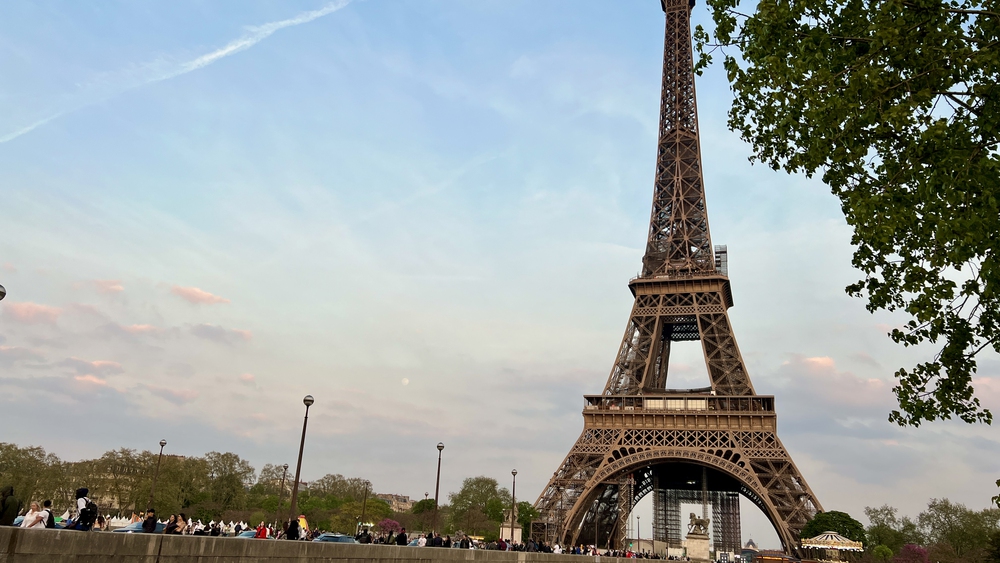Paris enjoys an almost mythical status as the city of love, light, and elegant boulevards, yet beyond the postcard-perfect scenes lies another Paris—raw, creative, and pulsing with energy far removed from tourist clichés. This alternative side of the French capital reveals itself in working-class neighborhoods, repurposed industrial spaces, and cultural undercurrents that most visitors never encounter.
For travelers seeking authenticity beyond manicured gardens and iconic landmarks, these less polished corners offer fresh perspectives on a city constantly reinventing itself beneath its carefully preserved historic veneer. Here is a list of 15 gritty, edgy experiences that showcase Paris beyond the romantic façade.
Canal Saint-Martin After Dark
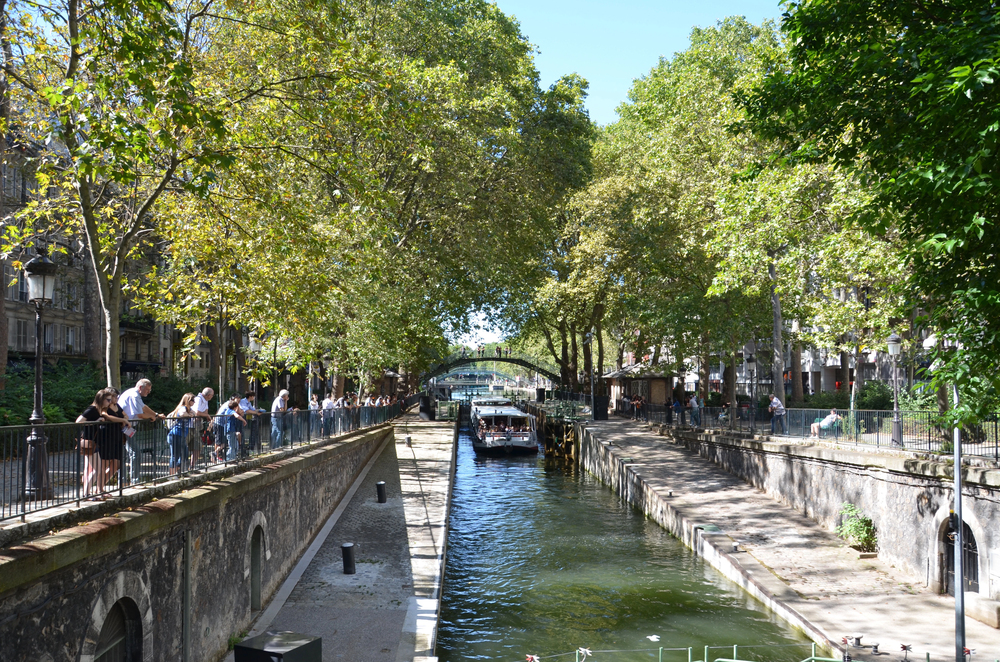
This once-industrial waterway has transformed into a gathering spot where young Parisians congregate along the concrete banks with wine bottles and portable speakers every summer evening. Unlike the choreographed perfection of Luxembourg Gardens, the canal scene feels spontaneous and democratic—the real Parisian youth culture playing out without admission fees or opening hours.
Graffiti adorns the stone bridges crossing the water, while dive bars and tiny concert venues hidden along nearby side streets showcase emerging musicians playing everything from North African raï to experimental electronic music for audiences spilling onto narrow sidewalks.
La Petite Ceinture
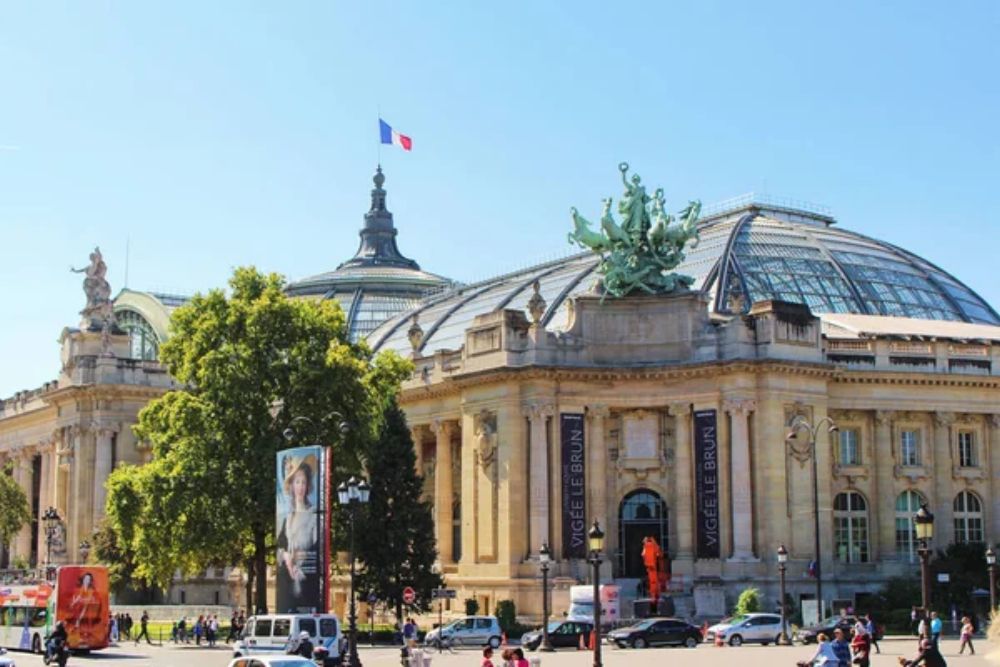
The abandoned circular railway that once ringed Paris now exists as an unauthorized urban exploration route, with access points hidden throughout the city leading to overgrown tracks reclaimed by wildflowers and street art. Though officially closed, persistent explorers find gaps in fencing leading to this post-industrial wilderness running behind apartment buildings and beneath street level—a hidden green corridor where volunteer gardeners maintain guerrilla vegetable plots alongside crumbling station platforms.
The 16th arrondissement section has been officially converted to parkland, but urban adventurers prefer the untamed segments where nature and decay create unplanned beauty far from tourist pathways.
Like Travel Pug’s content? Follow us on MSN.
Belleville Street Art
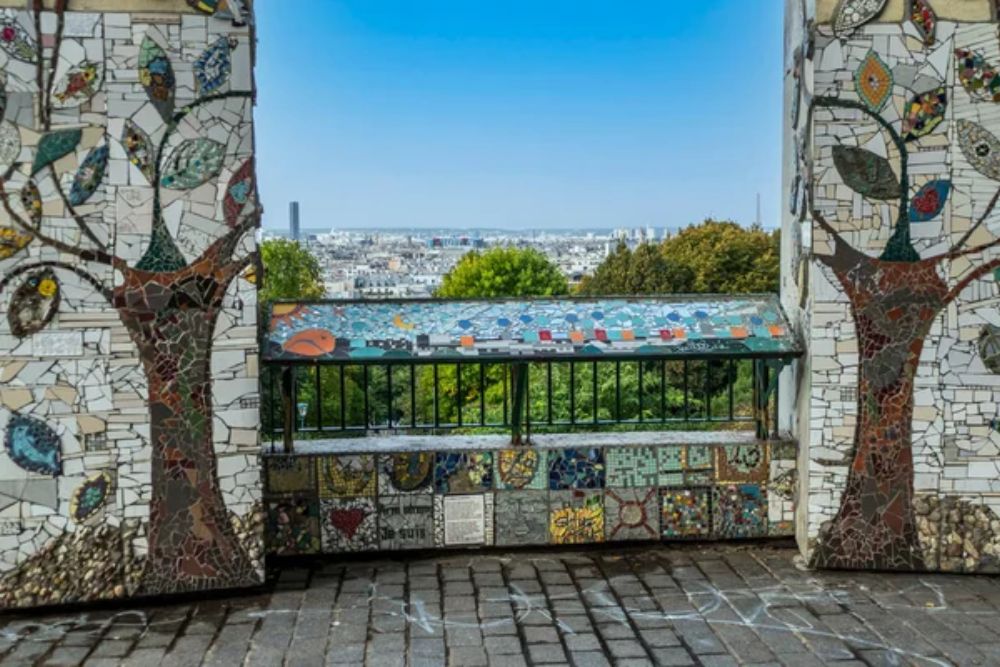
This working-class neighborhood climbing the city’s eastern hill transforms constantly through the work of international street artists using building façades as evolving canvases. Rue Dénoyez serves as the movement’s unofficial headquarters, where permitted painting areas change weekly as artists layer new works atop fading pieces—creating a living gallery reflecting current social issues and artistic trends.
The nearby Aux Folies café provides the perfect vantage point for watching artists at work while sipping inexpensive drinks among neighborhood residents rather than camera-wielding tourists, while the Belleville artists’ open studios event each May reveals creative spaces normally hidden behind nondescript doorways.
Les Puces de Saint-Ouen
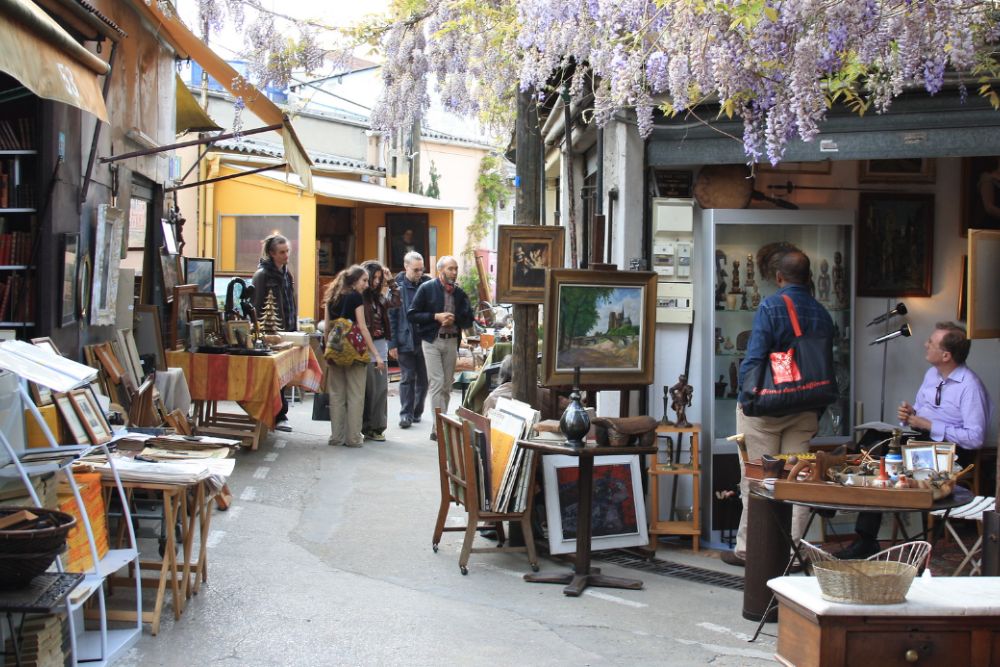
The world’s largest flea market sprawls across seven hectares at the city’s northern edge, where 1,700 vendors sell everything from genuine antiques to questionable knock-offs amid a maze-like complex dating back to the 19th century. The market’s rough edges remain despite gentrification attempts, with experienced hustlers targeting obvious tourists while seasoned dealers conduct business in cramped shops piled with merchandise-defying organizations.
Marché Dauphine houses vinyl specialists whose overflowing record crates attract DJs hunting forgotten samples, while Marché Vernaison specializes in genuine vintage clothing from past decades—treasures requiring persistence to discover among countless stalls of ordinary secondhand goods.
La Recyclerie
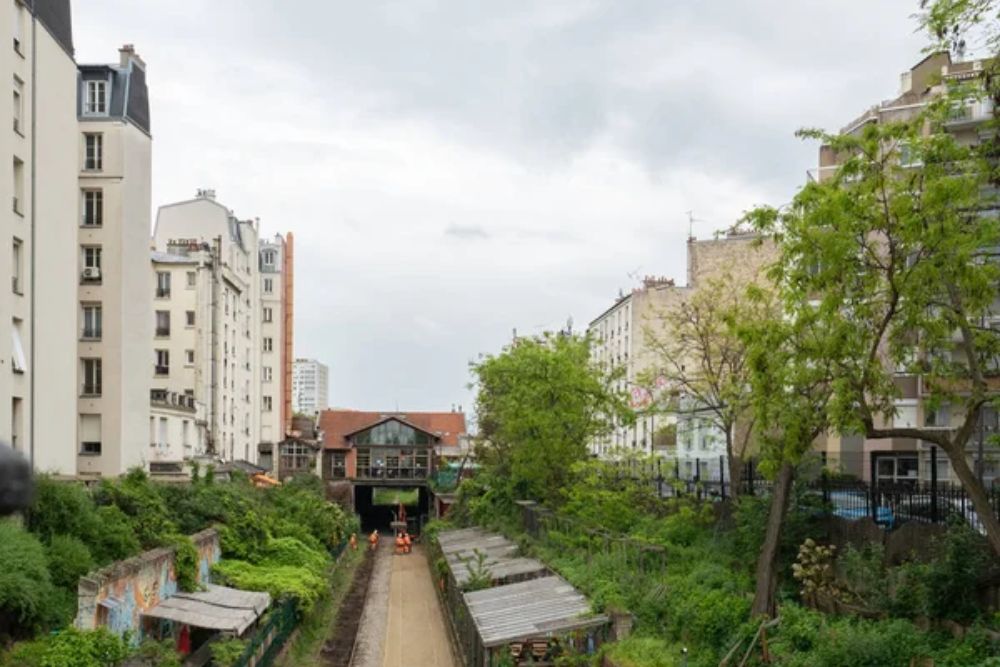
A former train station along the Petite Ceinture railway now houses this urban farm, and community space focused on sustainable living practices rarely associated with central Paris. Mismatched furniture salvaged from bulky trash collection days furnishes the sprawling café, while volunteer gardeners tend vegetable plots and chicken coops, producing ingredients for the canteen and serving simple meals on a sliding price scale.
Weekend workshops teach practical skills from bicycle repair to natural cosmetics production, creating community connections among diverse participants drawn by environmental concerns rather than consumption—a stark contrast to department store experiences along Boulevard Haussmann.
Like Travel Pug’s content? Follow us on MSN.
Buttes-Chaumont After Hours
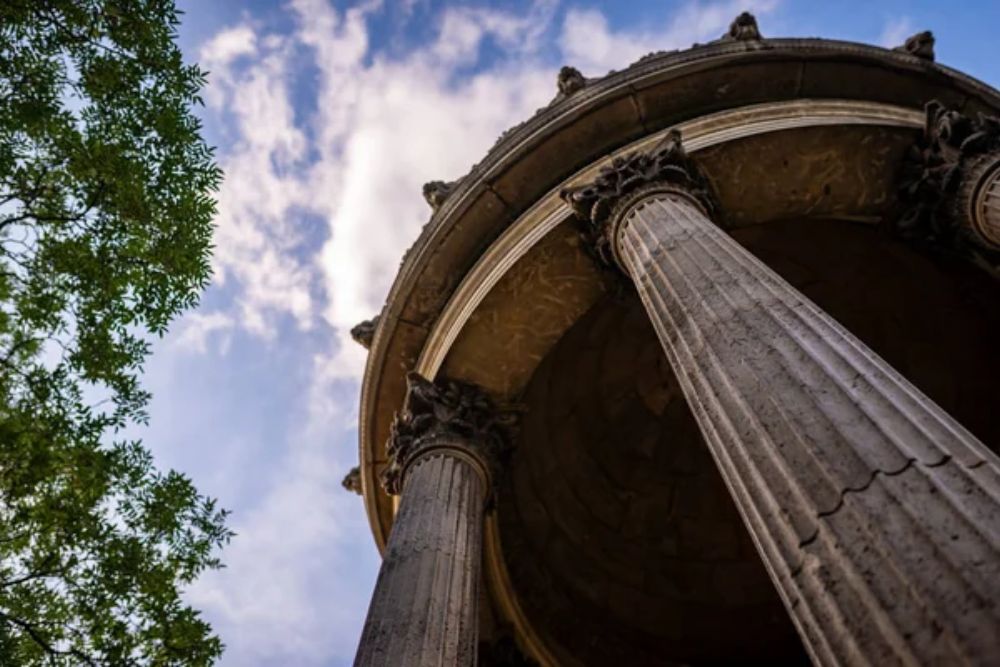
This dramatic park built on former quarry land transforms after sunset when groups claim territory across its steep hillsides for impromptu gatherings lasting until midnight closing time—and sometimes beyond for those knowing which fences offer the easiest after-hours access. Unlike the perfectly manicured Tuileries, this park retains a slightly wild atmosphere with overgrown sections and dramatic level changes reflecting its industrial origins.
Rosa Bonheur, the park’s popular guinguette bar, draws diverse crowds for open-air dancing on summer evenings, while smaller groups claim hidden corners along winding paths for more intimate gatherings illuminated by portable lights brought by regular visitors familiar with the darkest sections.
La Rue des Cascades

This narrow street climbing Belleville’s hill preserves working-class Paris, increasingly rare in central districts, with small workshops and multigenerational residents creating authentic neighborhood life rather than Instagram moments. Tiny bar L’Artiste serves inexpensive drinks to locals playing heated games of backgammon, while the street’s namesake cascading ancient public fountains reference the area’s history supplying water to medieval Paris.
The Jardin Naturel at the street’s upper reaches demonstrates ecological gardening using only plants native to the Île-de-France region—a hidden green space maintained without chemicals where habitat restoration takes precedence over decorative display.
Père Lachaise Cemetery’s Hidden Corners
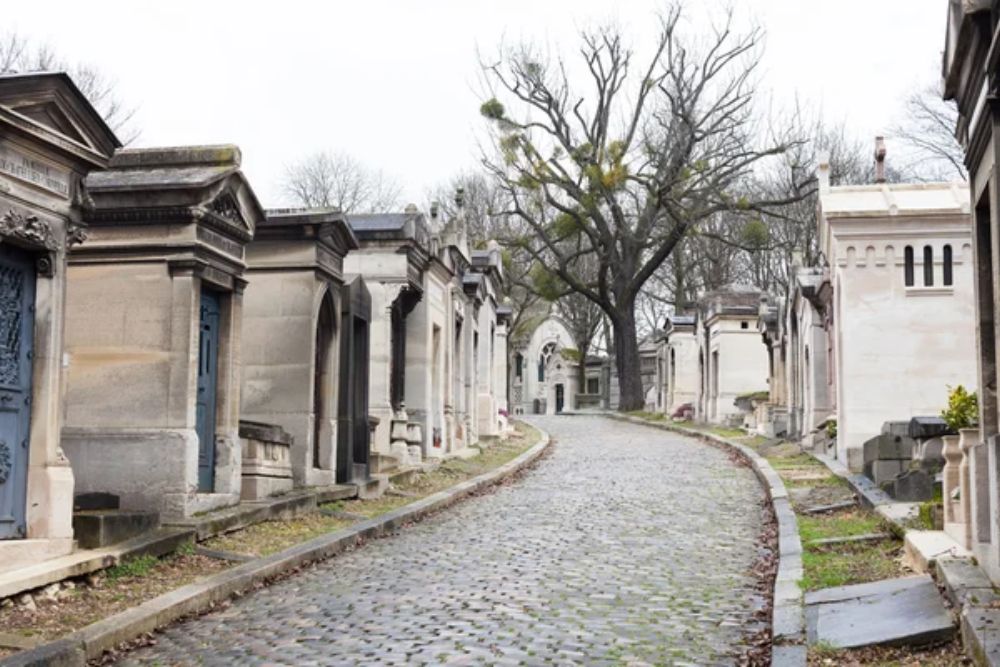
Beyond Oscar Wilde’s lipstick-covered tomb and Jim Morrison’s graffiti-surrounded grave marker lie thousands of less-visited monuments in this sprawling 110-acre necropolis, particularly in the Muslim and Jewish sections, reflecting Paris’s multicultural history often overlooked in tourism narratives. The massive cemetery doubles as an unintentional sculpture garden where weathered stone angels stand amid wildflower patches growing between elaborate family tombs, while forgotten corners provide quiet retreats for Parisians seeking solitude amid the dense city.
Weekend visitors might encounter black-clad goths conducting artistic photoshoots among 19th-century monuments or history enthusiasts searching for obscure figures connected to revolutionary movements that shaped modern France.
Like Travel Pug’s content? Follow us on MSN.
Goutte d’Or Market Streets
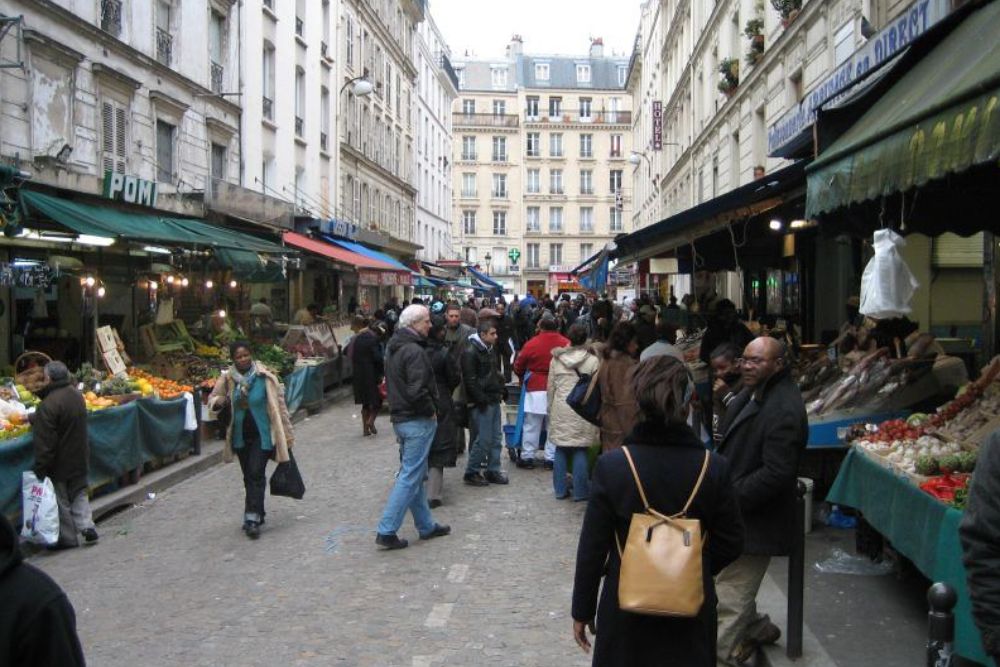
This predominantly North and West African neighborhood hosts Paris’s most vibrant street markets, where vendors call out prices in multiple languages while shoppers negotiate enthusiastically over pyramids of unfamiliar fruits and aromatic spice displays. Unlike the carefully arranged luxury food shops of Saint-Germain, these functional markets serve working communities with affordable necessities alongside ingredients unavailable elsewhere in Paris.
Tiny storefronts selling everything from wedding gold to phone cards line streets like Rue Dejean, creating commercial energy far removed from department store polish, while sidewalk tailors modify garments on vintage sewing machines for customers unwilling to pay boutique prices for simple alterations.
La Flèche d’Or
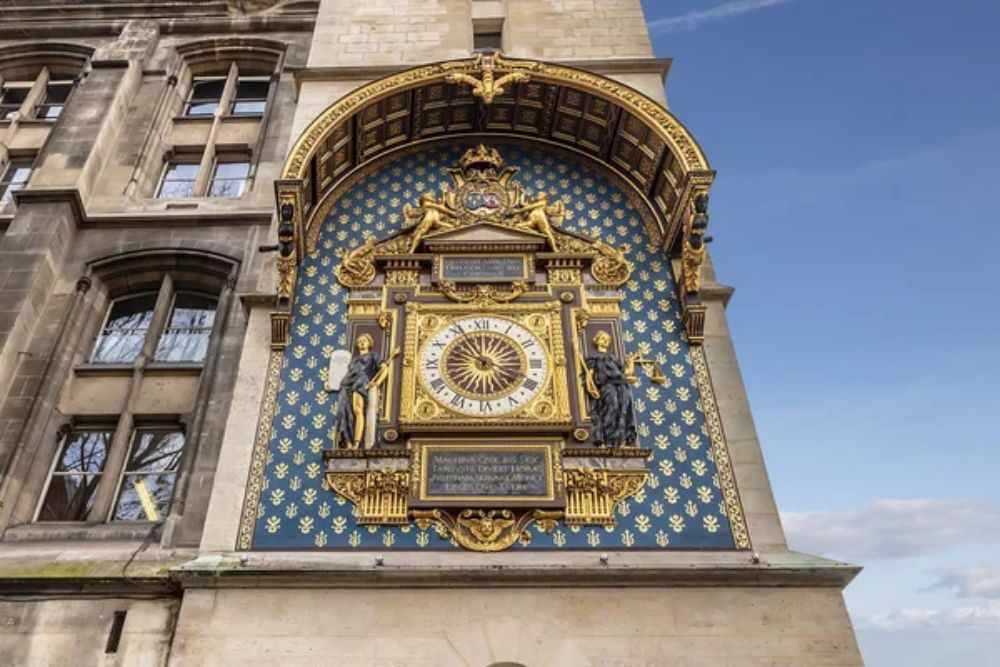
This former train station repurposed as a concert venue helped launch the careers of artists like Stromae and Justice, hosting early performances before their international breakthrough. The deliberately unmaintained industrial interior creates an authentic atmosphere impossible to manufacture, with drinks served in plastic cups and sound quality depending entirely on where you manage to position yourself in the often-crowded space.
Weekend performances range from Algerian raï singers drawing multigenerational immigrant audiences to obscure post-punk bands cultivating dedicated followings among music obsessives tracking emerging talent, creating cultural connections rarely experienced by visitors confining themselves to traditional tourist districts.
Les Frigos

A former refrigerated warehouse claimed by artists in the 1980s stands as one of Paris’s most successful squats-turned-legal creative spaces, housing studios for approximately 200 artists across various disciplines. The exterior, covered entirely in graffiti, stands in stark contrast to the gleaming corporate architecture surrounding it in the recently developed 13th arrondissement, while open studio events allow visitors to explore labyrinthine corridors where painters, sculptors, and digital artists create work generally displayed far from commercial galleries.
The resident artists successfully fought off multiple eviction attempts, creating a rare victory against gentrification pressures and transforming other former industrial areas into luxury housing, preserving crucial affordable workspace within city limits.
Like Travel Pug’s content? Follow us on MSN.
La Miroiterie Remains
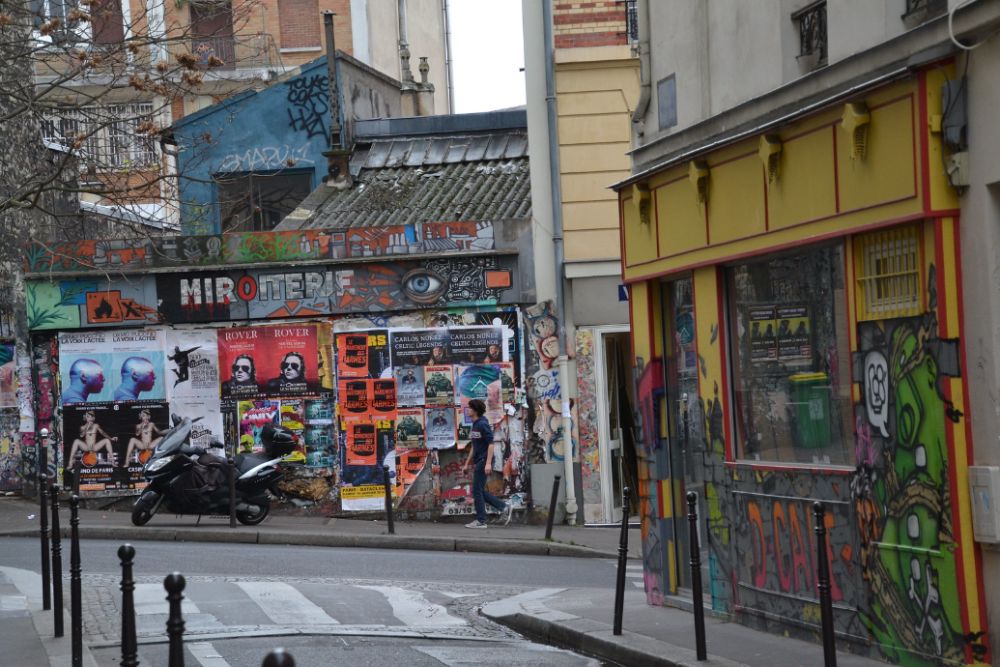
Though the legendary squat/performance space was demolished in 2017, the surrounding area maintains its countercultural energy through street art, underground parties, and continued resistance to complete gentrification despite rising property values. Former residents scattered to new locations throughout eastern Paris, establishing smaller creative communities and maintaining the experimental music and art traditions that made La Miroiterie an essential alternative cultural space for decades.
Locals point out ghost signs and fading murals marking former squats throughout the neighborhood, while nearby Rue de l’Ermitage still hosts impromptu concerts and art installations in semi-abandoned spaces—the persistent counterculture adapting to changing conditions rather than disappearing entirely.
6B in Saint-Denis
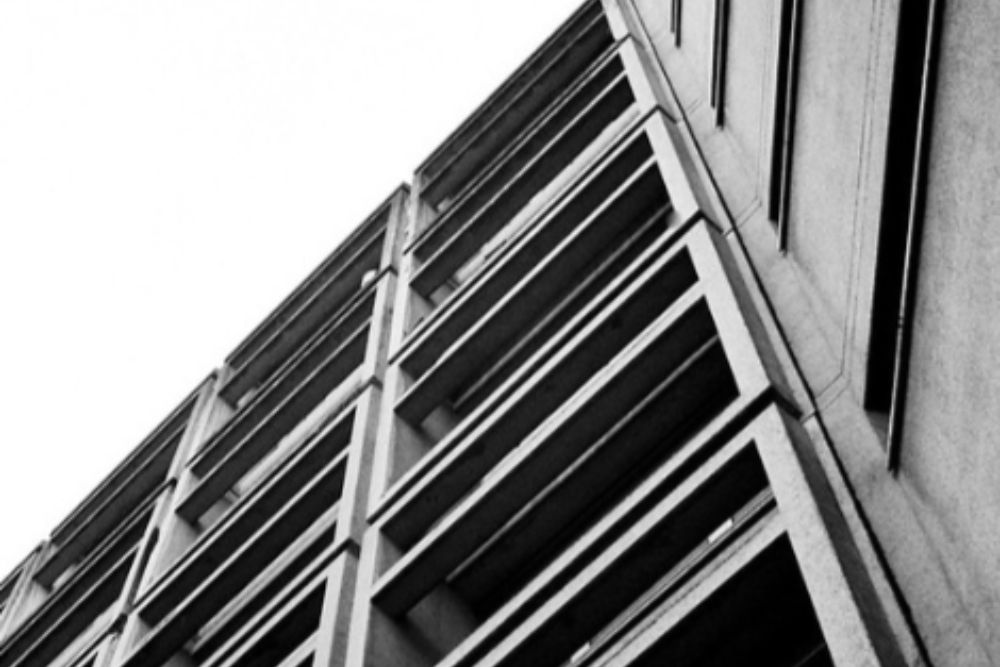
Just beyond Paris’s official boundary in the northern suburb of Saint-Denis, this massive former office building houses studios for 170 artists alongside performance spaces hosting underground electronic music events drawing attendees from across the metropolitan area. The complex operates as an autonomous cultural center run cooperatively by resident artists, with decisions made through general assemblies rather than traditional management hierarchies.
Summer weekends transform the riverside terrace into open-air parties where experimental DJs perform for diverse crowds connected by shared musical interests rather than social backgrounds, creating cultural experiences impossible within increasingly regulated central Paris.
Le Marché des Enfants Rouges Restaurant Row
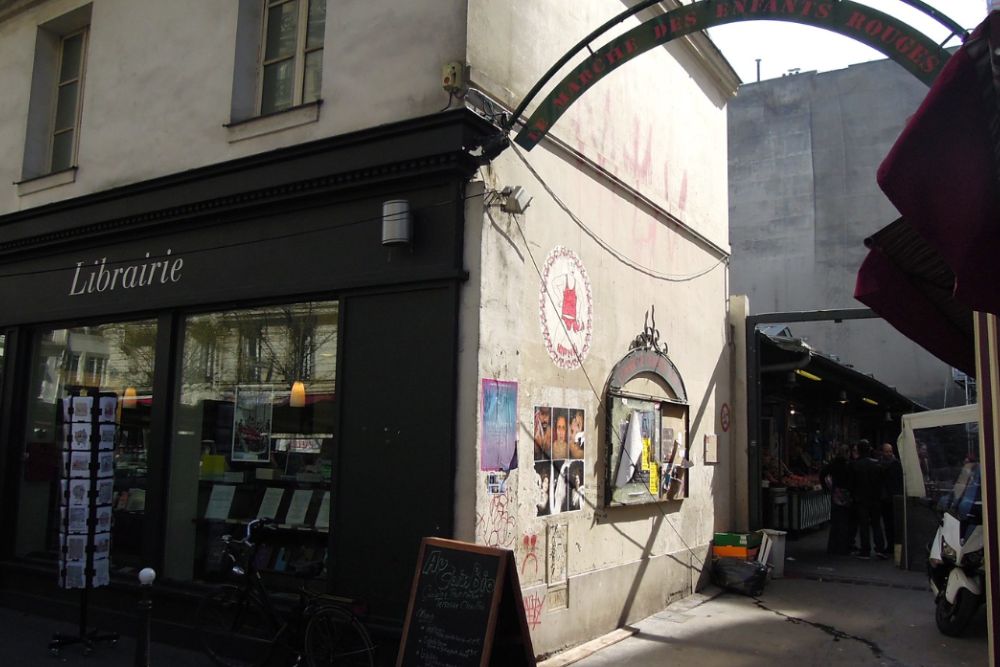
Paris’s oldest covered market (dating to 1615) maintains authentic character despite increasing tourism, particularly along its restaurant row, where North African, Lebanese, and Japanese food vendors serve simple meals at communal tables shared with strangers. Unlike formalized restaurant experiences elsewhere, dining here involves navigating vendors calling out for business while balancing plates through crowded passages to claim whatever seating becomes available—creating spontaneous conversations across language barriers through a shared appreciation for unpretentious cooking.
Weekend mornings bring neighborhood residents shopping for ordinary groceries alongside food-focused visitors, maintaining the market’s practical function rather than allowing complete transformation into a tourist attraction.
Like Travel Pug’s content? Follow us on MSN.
Stalingrad Plaza After Dark
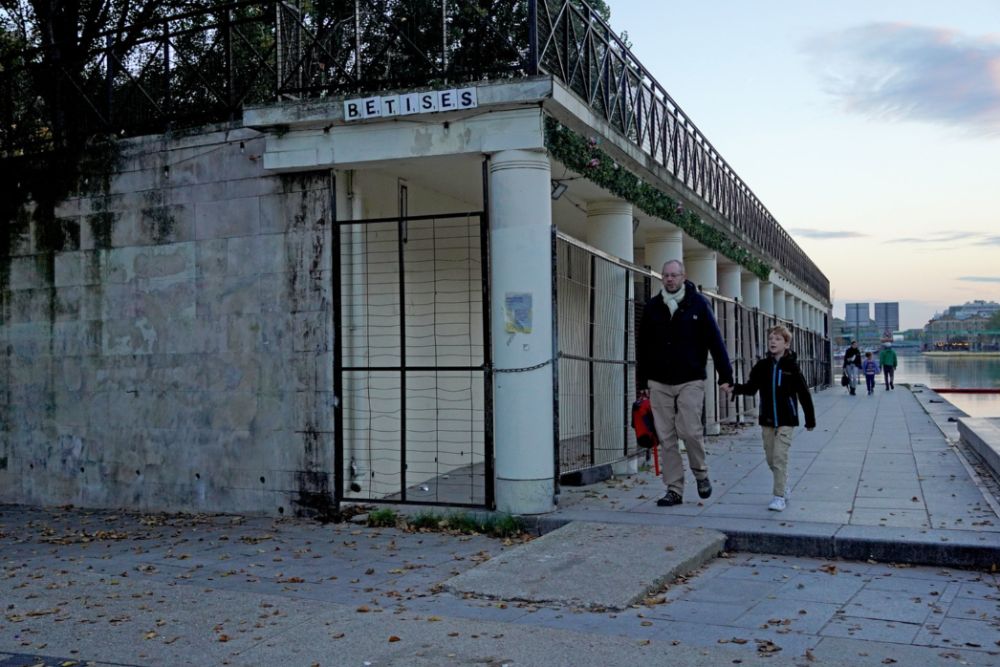
This problematic yet undeniably authentic space beneath elevated metro tracks attracts diverse groups through different hours—morning exercise classes for Chinese seniors, afternoon skateboarders practicing tricks, and evening gatherings of young people sharing portable speakers and convenience store drinks. Social service organizations maintain outreach programs for vulnerable populations in the area, creating complex interactions between different urban realities coexisting in shared spaces.
While not recommended for inexperienced urban travelers, the plaza represents unfiltered Paris reality rather than curated experiences—the city’s challenges and resilience are visible in a location just steps from tourist boat docks yet rarely included in conventional visitor itineraries.
Beyond Picture-Perfect Paris
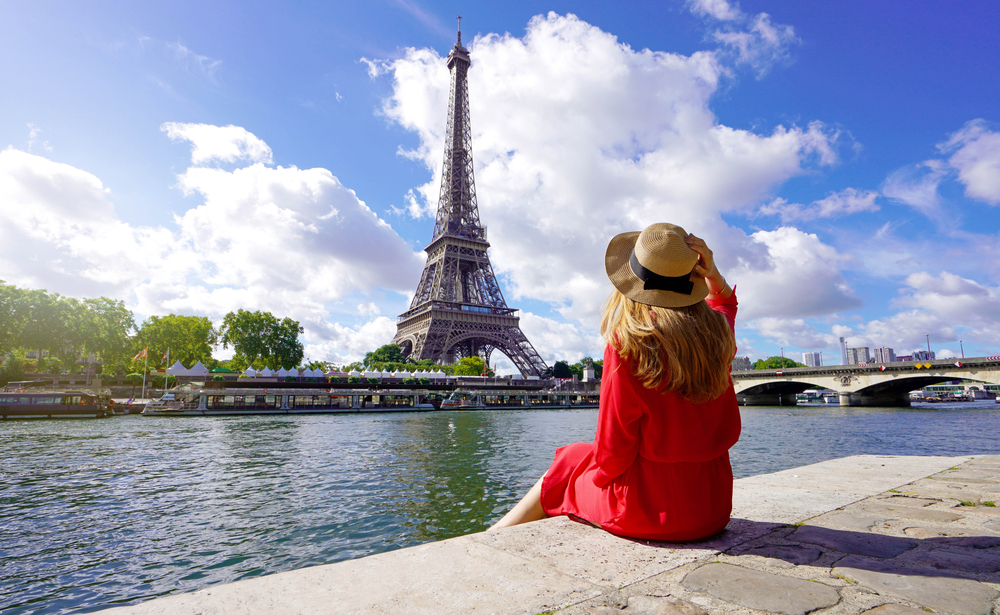
The city’s gritty, edgy side reveals itself to travelers willing to abandon predetermined routes and prescribed experiences that reinforce conventional narratives about Paris. These alternative spaces provide authentic encounters with contemporary urban reality—creativity emerging from necessity, communities adapting to changing environments, and cultural exchange happening organically rather than through institutional frameworks.
For visitors seeking connection beyond consumption, these less polished corners offer a deeper understanding of a complex city continuing to evolve beneath its carefully maintained historic surfaces, proving Paris remains vibrantly alive rather than preserved in nostalgic amber for tourist consumption.
More from Travel Pug

- Cities Growing so Fast You Won’t Recognize Them in 10 Years
- 13 Destinations Where Tourists Regularly Regret Their Trip
- 20 Obscure WWII Sites Even History Buffs Don’t Know About
- 10 Under-the-Radar Mountain Towns That Are Both Affordable and Beautiful
- 20 Abandoned Places That Feel Like Real-Life Post-Apocalyptic Movie Sets
Like Travel Pug’s content? Follow us on MSN.
